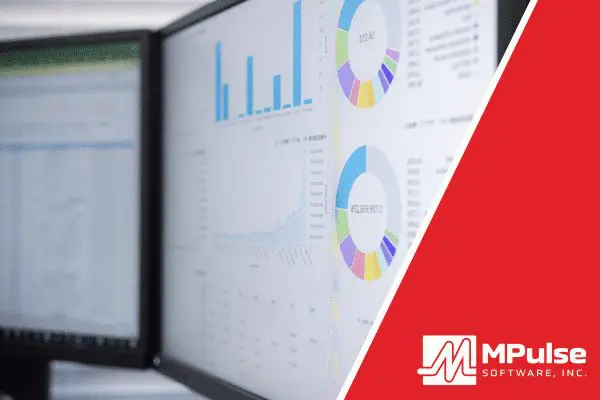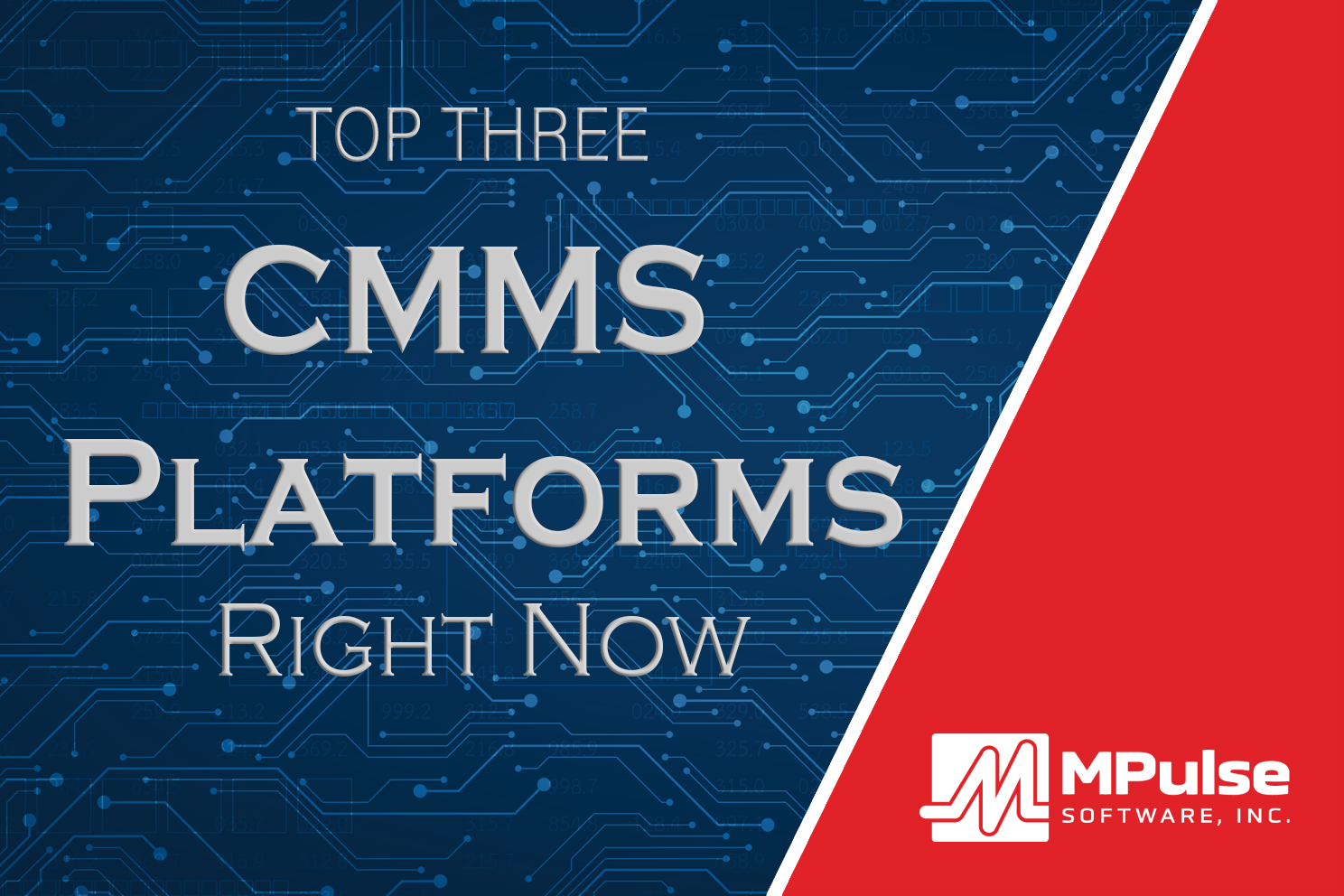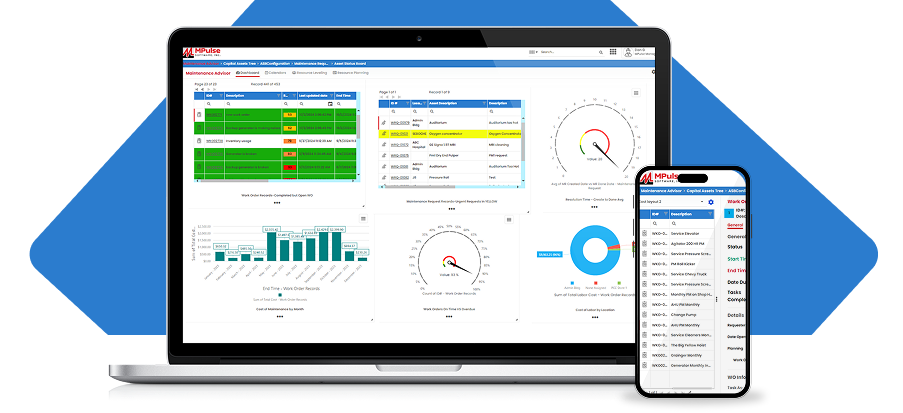In today’s world, businesses rely on data to make smart choices, improve efficiency, and save money. One of the best tools for gathering and using maintenance data is CMMS. A CMMS helps track maintenance tasks, monitor equipment performance, and store important records.
But having data isn’t enough—you need to know how to use it. Let’s explore how to use data from your CMMS to make better decisions.
Table of Contents
Understanding Your CMMS Data
Your CMMS collects and organizes data related to maintenance. Information collected from work orders documents equipment history, downtime, repair costs, and more. Understanding your CMMS data can help businesses find problems early, prevent equipment failures, and plan for the future.
Some common types of data stored in a CMMS include:
- Work order history: Details about past repairs and maintenance tasks
- Equipment performance: Information on how well machines and systems are running
- Maintenance costs: The amount spent on labor, parts, and repairs
- Asset lifespan: How long equipment is expected to last based on usage and past issues
- Inventory records: Details on parts and supplies available.
Making Data-Driven Decisions with CMMS Data
Predict and Prevent Equipment Failures
One of the biggest benefits of a CMMS is predicting when equipment might fail. By analyzing past work orders and equipment performance, organizations can identify patterns and schedule maintenance before a breakdown happens (i.e., preventive maintenance). It helps reduce downtime and saves money on emergency repairs.
Optimize Maintenance Schedules
A CMMS provides insight into when equipment needs servicing. Instead of waiting for something to break, businesses can create a maintenance schedule based on data. As a result, the equipment stays in good condition, improving efficiency and safety.
Reduce Maintenance Costs
By tracking maintenance expenses, businesses can find ways to save money. For example, if a machine constantly needs repairs, it may be cheaper to replace it than keep fixing it. A CMMS helps compare costs and make smart financial choices.
Improve Inventory Management
Keeping track of spare parts is important for smooth operations. A CMMS helps businesses manage inventory by showing which parts are used most often and when to reorder supplies. This capability prevents delays and avoids unnecessary purchases.
Increase Equipment Lifespan
Regular maintenance keeps machines running longer. By using CMMS data to track equipment history, businesses can follow proper maintenance schedules and extend the life of their assets, which reduces the need for frequent replacements and lowers overall costs.
Measure Maintenance Team Performance
A CMMS records how long it takes to complete work orders and tracks employee productivity. As a result, managers identify areas for improvement and provide additional training if needed. A more efficient team leads to better overall performance.
Ensure Compliance and Safety
Many industries have strict safety and maintenance regulations. A CMMS keeps detailed records of inspections, repairs, and compliance checks. This documentation ensures businesses meet legal requirements and maintain a safe working environment.
Turning CMMS Data into Action
Collecting data is only useful if businesses act on it. Here are some steps to turn CMMS data into real improvements:
- Regularly review reports: Set aside time to analyze maintenance reports and look for trends.
- Set clear goals: Use data to establish maintenance goals, such as reducing downtime or cutting costs.
- Make informed upgrades: Use performance data to decide when to replace outdated equipment.
- Train employees: Help maintenance teams understand how to use CMMS data for better decision-making.
- Adjust strategies as needed: If something isn’t working, use data to change your approach and improve results.
How CMMS Data Helps Your Organization
By understanding and using CMMS data effectively, companies can reduce costs, improve efficiency, and extend the life of their equipment. Instead of guessing when to perform maintenance, you can rely on real data to make informed choices.
Contact us to start making data-driven decisions today. You’ll see the benefits in the long run!






